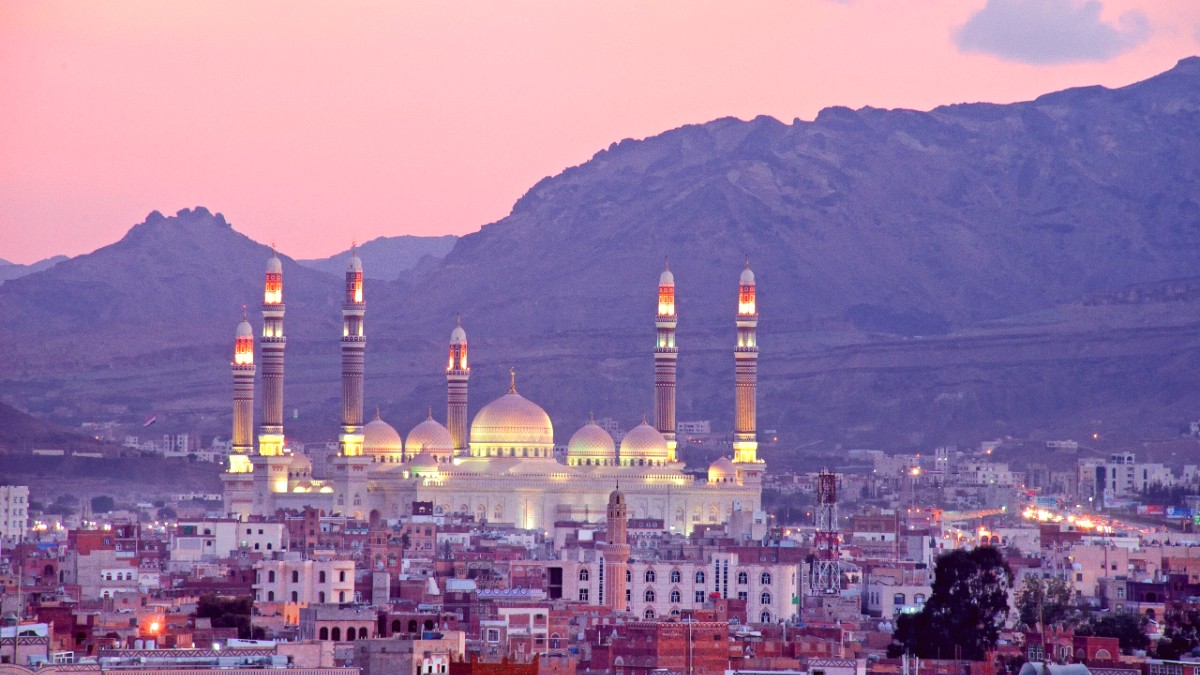
Most major hotels are closed, damaged, or not suitable for foreign visitors due to security risks.
Few may exist. They lack security and modern amenities. Access is difficult and requires local, trusted contacts. Not suitable for any foreign traveler.
These are not standard options for foreign travelers in Yemen. The security situation and absence of a functional tourism industry prevent such services.
Camping anywhere in Yemen is extremely dangerous. Risks include ongoing conflict, armed groups, kidnapping potential, and widespread landmines.
These are fortified facilities with private security. They are used by UN, NGOs, and diplomatic missions. They are not available for tourists. Costs are high and borne by organizations.
While hospitality holds value in Yemeni culture, homestays are not feasible or safe for foreign visitors in the current environment. Community-based tourism initiatives are not operational.
Standard booking platforms like Booking.com or Agoda do not list relevant or safe accommodation options for Yemen.
Travel is not seasonal; it is dictated by crisis. Walk-in stays are not feasible. Prices are dictated by scarcity, inflation, and security costs.
A traditional neighborhood guide detailing areas for different visitor preferences is not relevant or possible for Yemen. The main consideration for any location is the current security assessment.
Not feasible or safe in Yemen.
Solo travel for foreign individuals is extremely dangerous and strongly advised against.
Standard booking strategies for accommodation do not apply in Yemen.
Accessing information on specific lodging details is highly restricted.
The main factor in any accommodation consideration is the current, localized security assessment.
Yemen is a conflict zone. Tourism, as commonly understood, does not exist.
The following table summarizes the general accessibility and safety status of various accommodation types for foreign individuals in Yemen.
Most major hotels are closed, damaged, or not suitable for foreign visitors due to security risks.
There is no infrastructure for this. Risks are extremely high.
Few may exist. They lack security and modern amenities. Access is difficult and requires local, trusted contacts. Not suitable for any foreign traveler.
Risks of conflict, kidnapping, landmines, and unexploded ordnance make this impossible.
These are fortified facilities with private security, used by UN, NGOs, and diplomatic missions. They are not available for tourists. Cost is very high and borne by organizations.
Access to such lodging is through official channels and specific arrangements by international organizations.
Movement outside these compounds is heavily restricted and follows strict security protocols.
This lodging is for essential personnel involved in humanitarian, diplomatic, or journalistic work, not for leisure travel.
Not operational or accessible for tourists.
Generally not operational or accessible for tourists.
Not feasible or safe for foreign visitors in the current environment.
Not operational as this relies on stability and community infrastructure.
The security situation is the overriding factor for any type of lodging in Yemen.
Even in secure options, modern amenities may be limited or unreliable due to infrastructure damage.
No safe or practical accommodation options are available.
Require secure, pre-arranged compound lodging with private security.
Similar to aid workers, access to highly vetted and secure lodging is essential.